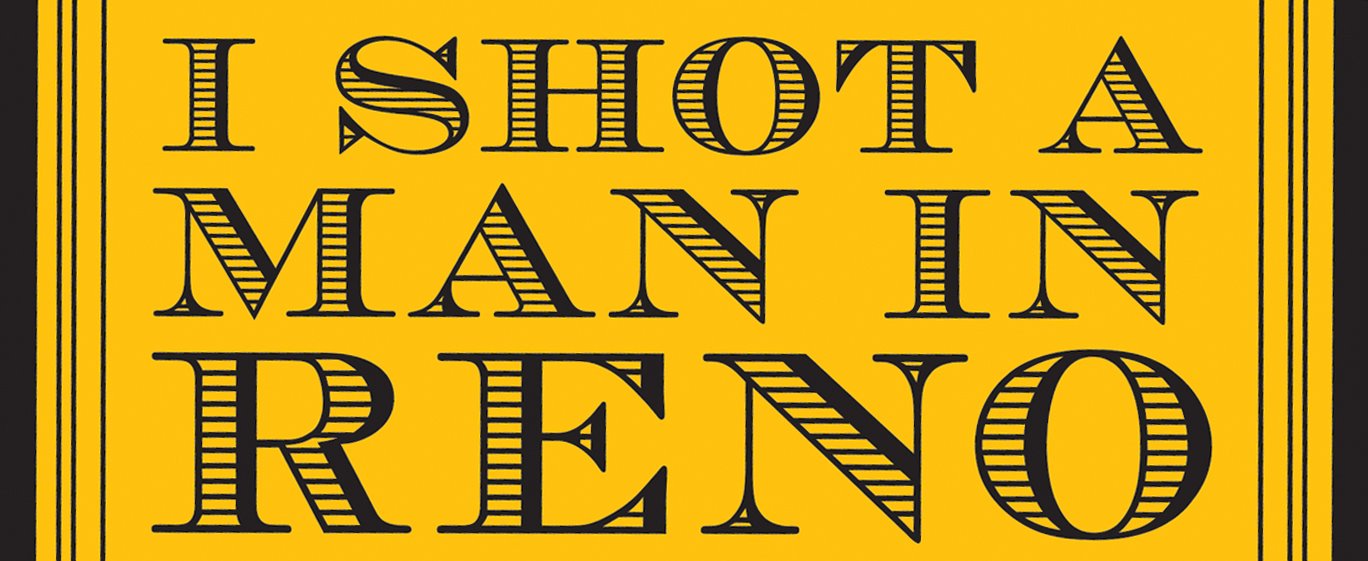
Tuesday, 19 August 2008
Pretty Words 2.0
Following a rather tepid and - in my thoroughly partisan opinion - deliberately obtuse review in Publishers Weekly (it seemed to fail to grasp the point of the book, though I would say that, wouldn't I?), I Shot a Man in Reno has fared rather better in the new Booklist.
I think you may have to subscribe to see it here, so I've taken the liberty of putting it on site.
"The long subtitle is a tad inaccurate. This isn’t a history; it’s a commentary. Damned good one, too, by a journalist who knows his stuff and struts it by spanning recorded death ditties from the English folk song “John Barleycorn,” which covers its morbidity by “really” being about growing and preparing the ingredients of beer, to gangsta rap. Refreshingly, he refrains from rock-critic snideness in chapters focused on the teen death songs of the 1950s and 1960s, murder ballads, metaphysical trips to the other side from the high ’60s, suicide songs, afterlife musings, gangsta’s urban reclamation of the murder song, and mourning songs. He wisely sticks to the genuinely demotic song tradition, ignoring the so-called classic popular songs of Tin Pan Alley and the musical theater (the work of schooled composers), and primarily to the products of that tradition’s commercial devolution since the rise of sound recording. Enthralling from the first page, he guarantees rereaders with a penultimate chapter on Europe’s top 10 funeral songs and an appendix of his own, an annotated top 40 of death."— Ray Olson
I think you may have to subscribe to see it here, so I've taken the liberty of putting it on site.
"The long subtitle is a tad inaccurate. This isn’t a history; it’s a commentary. Damned good one, too, by a journalist who knows his stuff and struts it by spanning recorded death ditties from the English folk song “John Barleycorn,” which covers its morbidity by “really” being about growing and preparing the ingredients of beer, to gangsta rap. Refreshingly, he refrains from rock-critic snideness in chapters focused on the teen death songs of the 1950s and 1960s, murder ballads, metaphysical trips to the other side from the high ’60s, suicide songs, afterlife musings, gangsta’s urban reclamation of the murder song, and mourning songs. He wisely sticks to the genuinely demotic song tradition, ignoring the so-called classic popular songs of Tin Pan Alley and the musical theater (the work of schooled composers), and primarily to the products of that tradition’s commercial devolution since the rise of sound recording. Enthralling from the first page, he guarantees rereaders with a penultimate chapter on Europe’s top 10 funeral songs and an appendix of his own, an annotated top 40 of death."— Ray Olson
Subscribe to:
Post Comments (Atom)



1 comment:
Now THAT is a mighty fine review!
Post a Comment